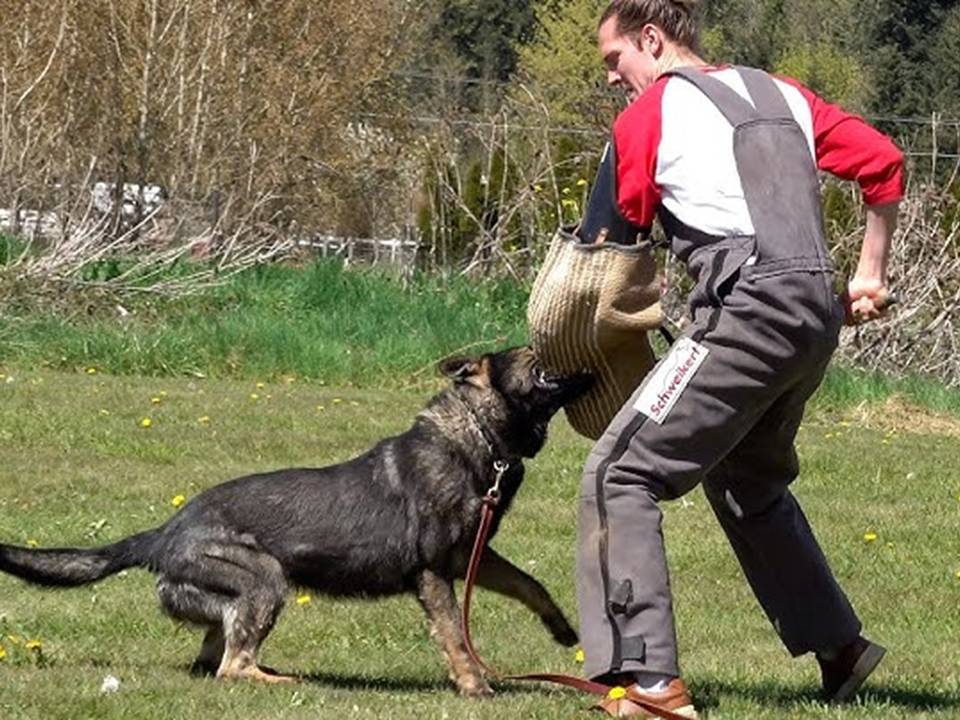One of the Oldest and Most Iconic Dog Breeds
The Pekingese dog, often called the “lion dog,” is one of the oldest and most iconic dog breeds. With a history tied to Chinese royalty, this breed has fascinated people for centuries. From its sacred status in ancient China to its global popularity, the Pekingese has a story filled with myth, reverence, and charm.
Ancient Beginnings: The Sacred Dog of China
The Pekingese has a history stretching back over 2,000 years. Originating in ancient China, breeders created this dog specifically for royalty, especially during the Tang Dynasty (618–907 AD). The name “Pekingese” comes from Peking, the former name of Beijing, China’s capital. These dogs were not just pets; they held cultural and religious significance.
Pekingese dogs were sacred and often linked to Buddhist symbolism. Their faces resemble lions, which are revered in Buddhism as protectors. Legend says these small dogs embodied the lion spirit but were small enough to fit in the sleeves of noblemen’s robes. This divine status made them more than pets—they were companions of the gods. Commoners could not own a Pekingese, and stealing one was punishable by death.
The Legend of the Lion and the Marmoset
A famous myth tells of a lion who fell in love with a marmoset. Due to their size difference, the lion asked Buddha to shrink him so he could be with his beloved. Buddha granted the wish, reducing the lion to the size of a small dog but keeping his majestic nature. The result was the Pekingese, symbolizing courage, nobility, and loyalty despite its small size.
This legend reflects how ancient China viewed the Pekingese: small but mighty, gentle yet fearless, and always worthy of respect. These traits still define the breed today.
Exclusivity in the Imperial Court
Pekingese dogs were a key part of the Chinese Imperial Court. Emperors and their families adored them, treating them like royalty. The dogs often sat on silken cushions and received the same care as royal family members.
Empress Dowager Cixi, a powerful figure in the Qing Dynasty (1644–1912), famously loved Pekingese dogs. Her court had many of them, and she often appeared in portraits with her beloved companions. This connection reinforced their association with imperial authority and divinity.
For centuries, the Pekingese stayed within Chinese palaces, unknown to the outside world. People cherished them so much that they often buried them alongside their owners to symbolize eternal loyalty.

The Opium Wars: The Pekingese Reaches the West
The Pekingese’s journey to the West began during the Opium Wars between China and Britain in the mid-19th century. During the Second Opium War (1856–1860), British and French troops looted the Summer Palace in Beijing. They found five Pekingese dogs that had survived the destruction.
One of these dogs went to England as a gift for Queen Victoria, who named it “Looty.” Looty’s arrival sparked interest in the breed across Europe. Soon, the Pekingese became a favourite among European aristocracy. From there, its popularity spread to the United Kingdom and the United States.
Development in the Western World
After arriving in Europe, Pekingese dogs became symbols of status and wealth. Their exotic origins and royal connections made them highly desirable. Kennel clubs, including the American Kennel Club (AKC) in 1906, officially recognized the breed.
Breeders in Europe and North America worked to maintain the Pekingese’s distinct traits. The long, flowing coat, flat face, and regal demeanour became defining features. However, the breed remained rare and expensive due to the care needed for their coats.
Characteristics and Personality
The Pekingese is a small dog, usually weighing 7 to 14 pounds. Despite its size, the breed has a bold and independent nature. People often describe Pekingese dogs as having a lion-like attitude—confident, brave, and sometimes aloof. They are fiercely loyal and protective of their families, traits that reflect their royal past.
Physically, the Pekingese is easy to recognize. Its flat face, dark, expressive eyes, and abundant coat stand out. The coat requires regular grooming to prevent matting, and the flat face can sometimes cause breathing issues, common in brachycephalic breeds.
Modern-Day Pekingese
Today, people still admire Pekingese dogs for their regal appearance and historical significance. While they no longer live as sacred companions to emperors, they remain popular pets for those who appreciate their unique look and personality. The breed also excels in dog shows, where judges evaluate its coat, stature, and attitude.
The Pekingese carries its rich history in every step. From its origins as the sacred lion-dog of China to its global spread, the breed symbolizes nobility, courage, and timeless charm. Though no longer exclusive to emperors, the Pekingese still commands respect and admiration, a testament to its ancient heritage and enduring appeal.






